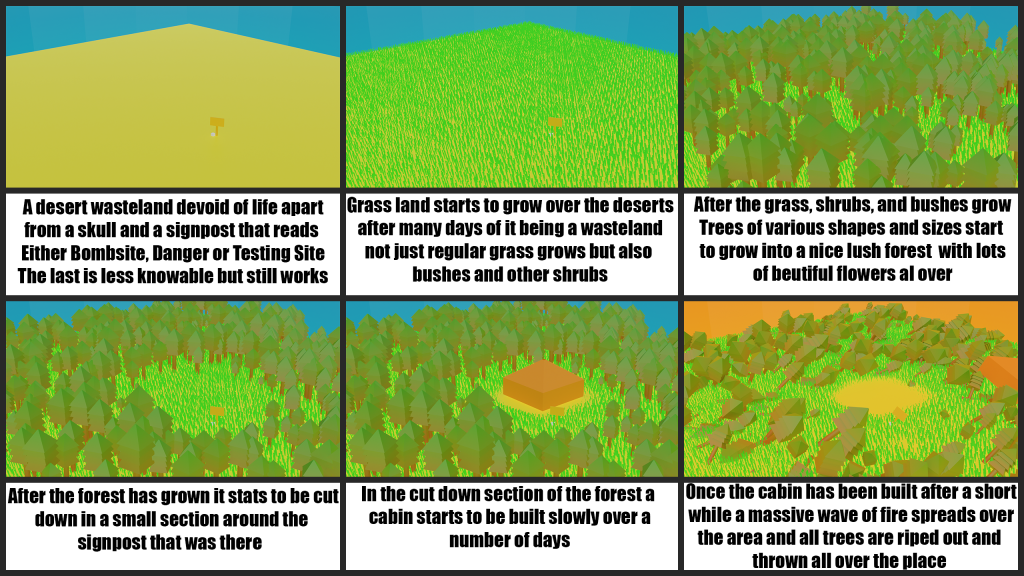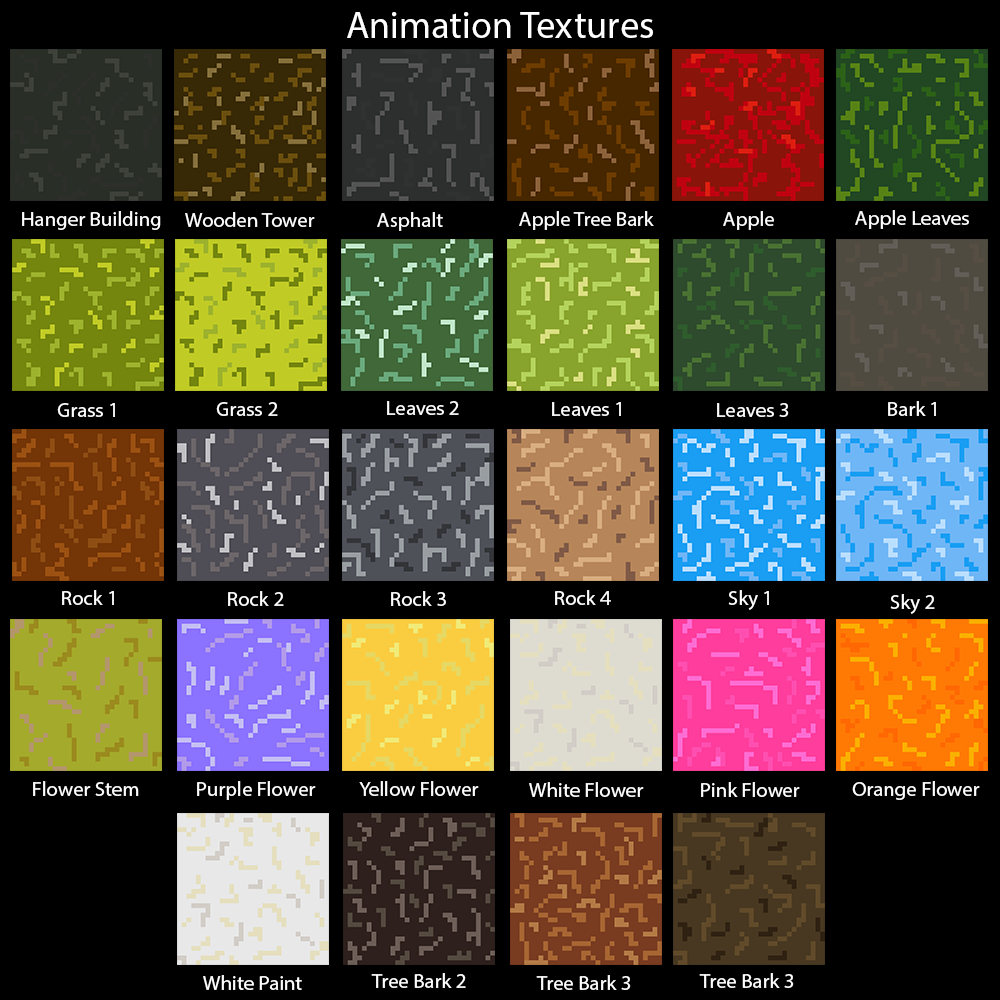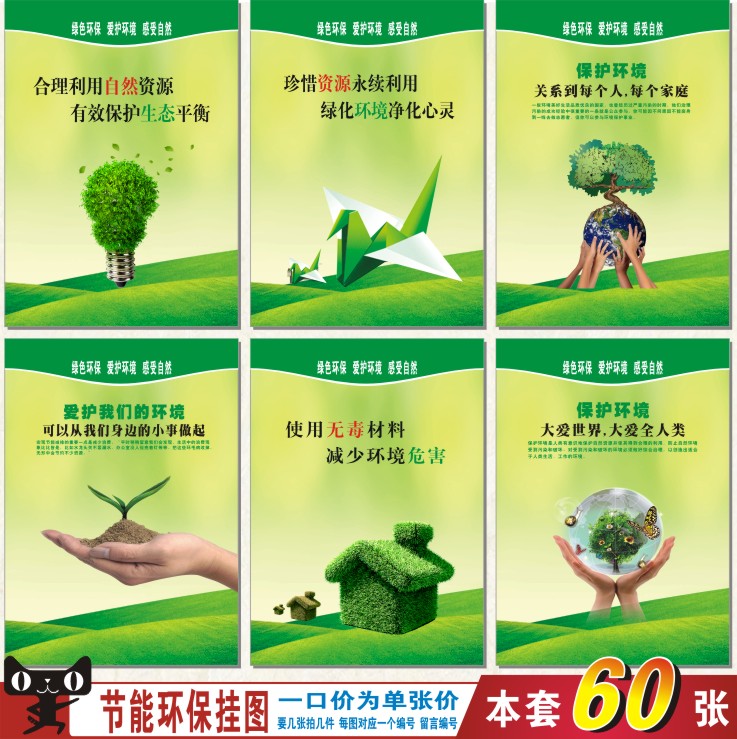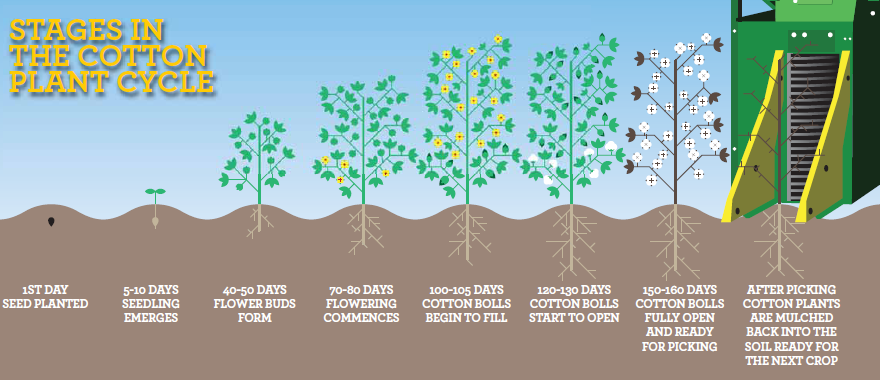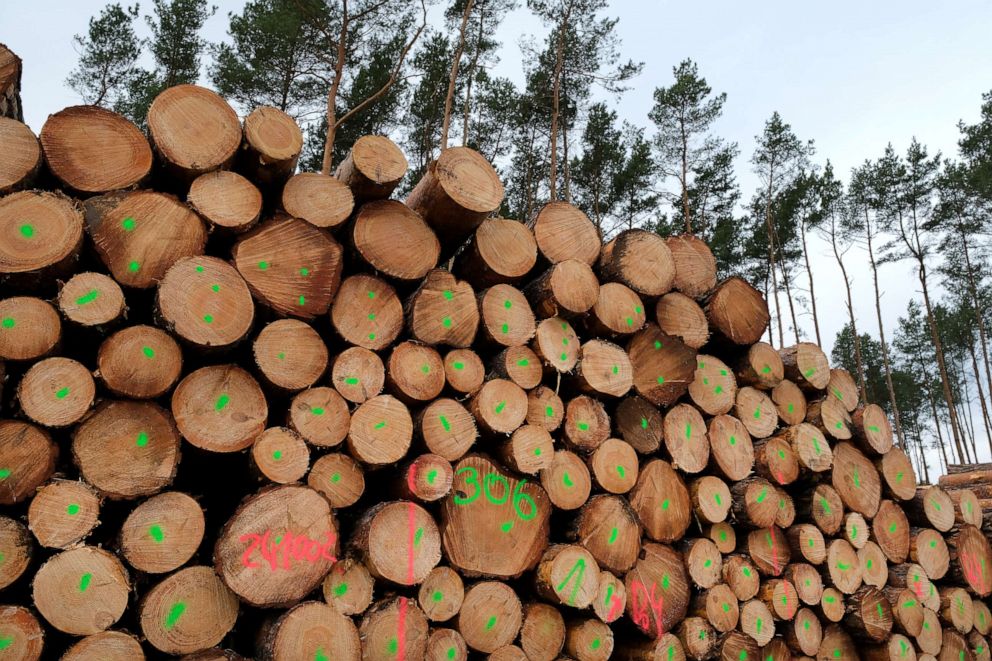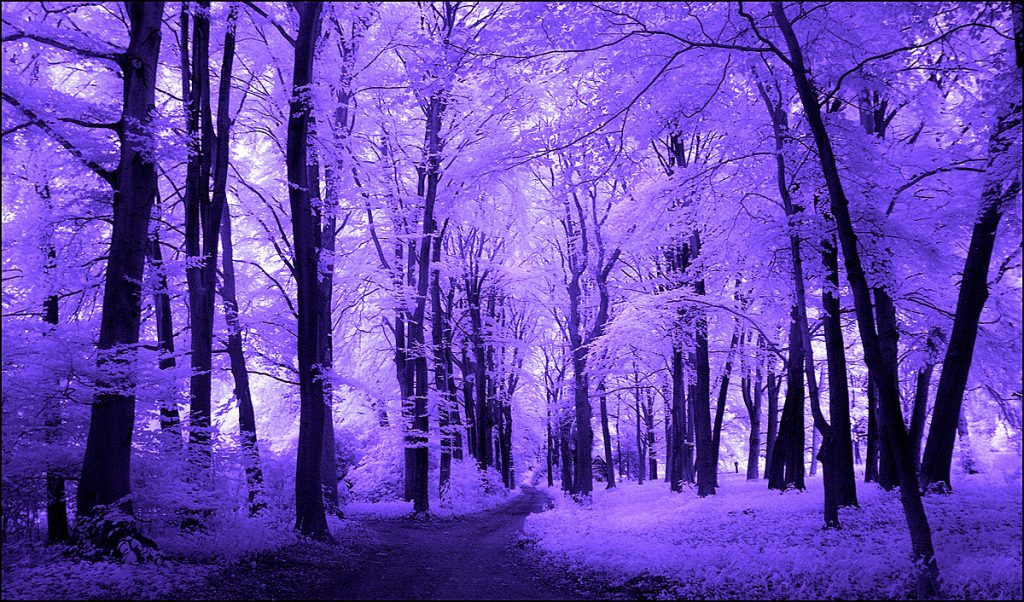Micro-Macrocosm
This is the final render of the environmental animation with everything coming together to be one piece each texture blends together well none of them clash with each other and the colors chosen worked well to bring this animation together sound could not be created for this animation however it would bolster the piece to…
Read more
